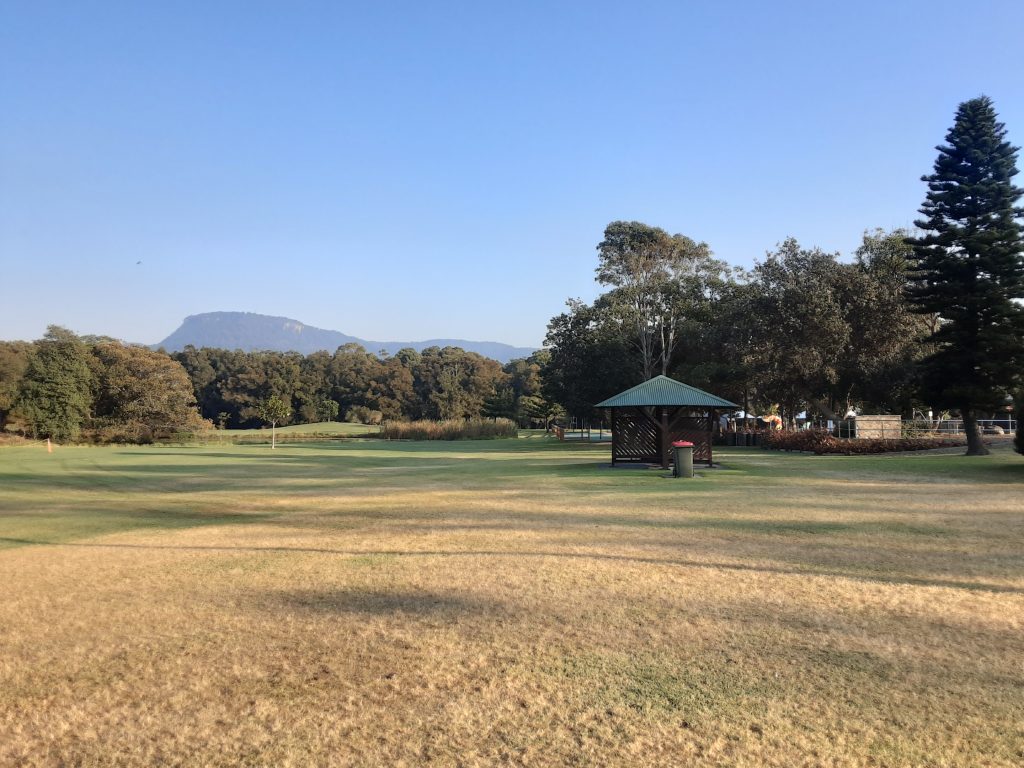Aboriginal Cultural Heritage Assessment Stuart Park AAAA Playground
Client: Wollongong City Council
Location: North Wollongong, NSW
Date: 2021-2023
Services provided
- Aboriginal Cultural Heritage Assessment
- Archaeological survey
- Archaeological test excavations
- Aboriginal Heritage Impact Permit (AHIP)
- AHIP post works reports
- Aboriginal heritage inductions
- Aboriginal heritage monitoring
Background
Biosis was commissioned by Wollongong City Council to undertake an Aboriginal Cultural Heritage Assessment (ACHA) for the proposed Stuart Park All Ages All Abilities (AAAA) Playground at North Wollongong, NSW.
The study area is located within a culturally sensitive space as coastal environments were a focal point for past Aboriginal peoples. The proximity of useful resources and fresh water associated with Fairy Creek, Puckey’s Lagoon and the nearby rock platforms indicates it would have been a valuable occupation area. Therefore, Aboriginal archaeological test excavations were undertaken under an Aboriginal Heritage Impact Permit (AHIP) across the study area to determine the nature and significance of the archaeological resource, and to assist in developing appropriate management and mitigation measures.
Outcome
Test excavations were conducted in 2021 under an Aboriginal Heritage Impact Permit (AHIP) across two landforms – a flat landform and dune landform. A total of 2309 artefacts were recorded from the sub-surface excavations within the dune landform. The results of the test excavations show a preferential use of landforms with the most intense period of occupation occurring in the dune landform approximately 3,057 ± 26 years BP. While there is evidence of disturbance in the study area, the high density, intact deposits within the dune landform suggest not only an intense use of the area but also a long-term use of the area by Aboriginal people.
Biosis was able to work with Wollongong City Council and Heritage NSW to develop a construction method that would not exceed 200 millimetres, therefore avoiding and conserving the high-density archaeological deposits, allowing a new AHIP to conduct to the works to be approved.
Archaeological monitoring was undertaken by Biosis consultants and Aboriginal representatives during the works, which resulted in the collection of 22 Aboriginal stone artefacts and 3 fragments of shell. These measures were therefore effective in avoiding unintentional or unapproved impacts to Aboriginal sites and resulted in suitable mitigation to impact areas.
